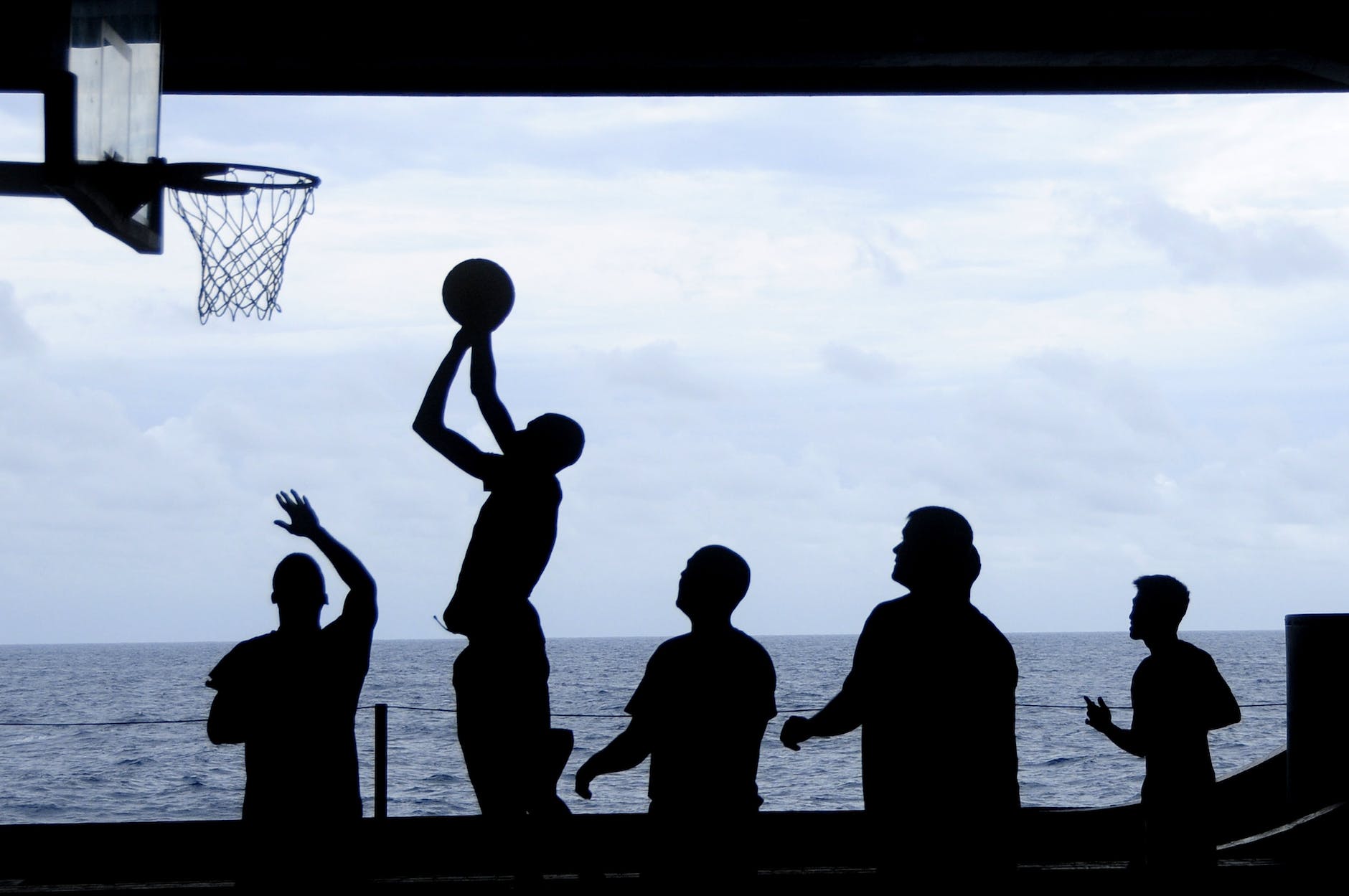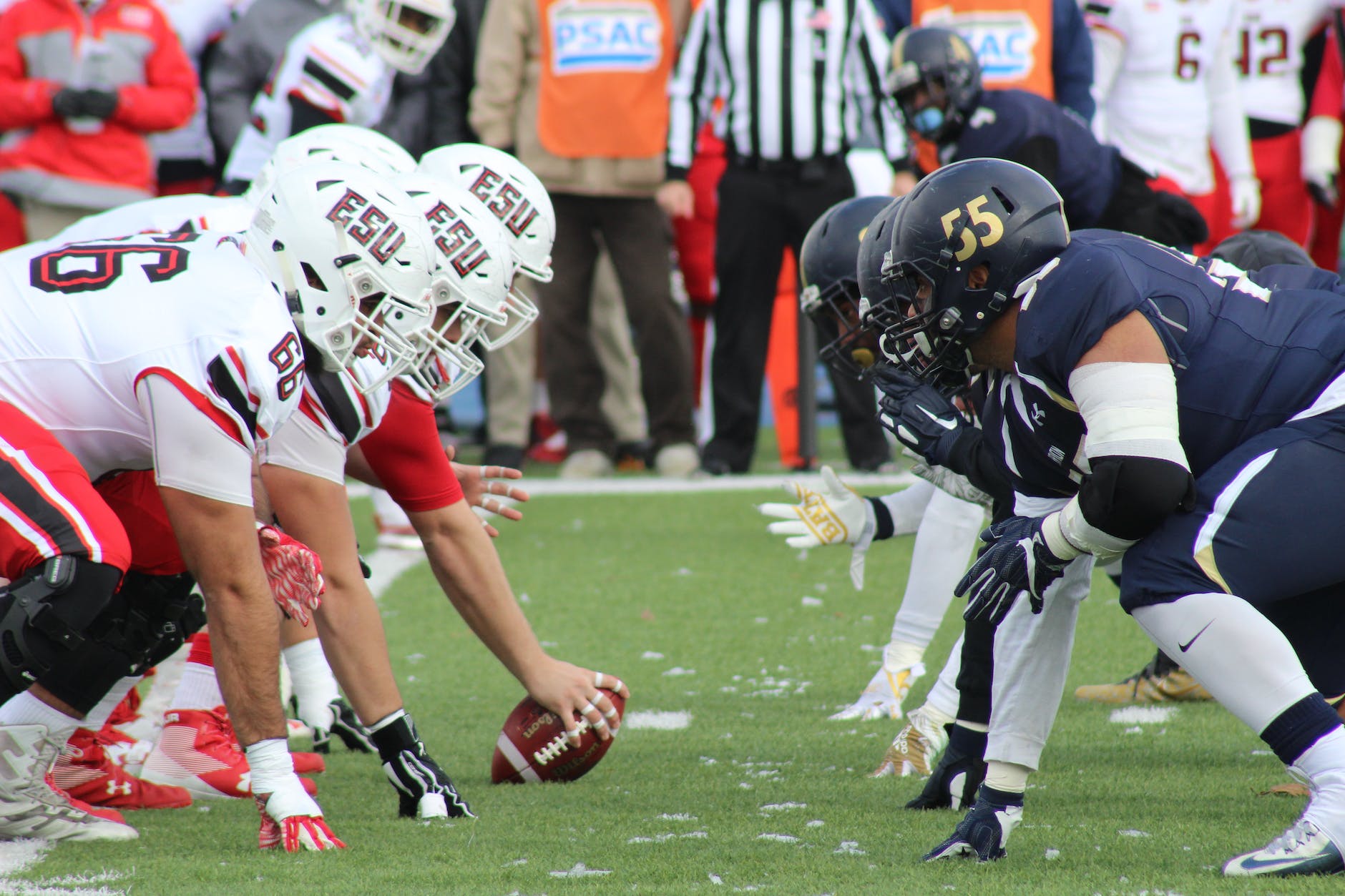There’s a certain magic that happens when individuals come together to form a team in team sports. This magic, or rather, unity, is the invisible but powerful force that propels a team towards success. Unity in team sports is not just about the game or the scoreline; it’s about the shared experiences, the camaraderie, the mutual respect, and the collective pursuit of a common goal.
Unity is the lifeblood of team sports. Without it, a team is merely a group of individuals playing on the same field, but with it, they become a cohesive unit capable of achieving greatness. Unity brings out the best in each player, allowing them to transcend their individual abilities and contribute to something greater.
Unity in team sports is a testament to the power of collaboration. When a team is unified, they are able to leverage their collective strengths to overcome challenges, adapt to changing circumstances, and achieve their objectives. This is why unity is often the defining characteristic of successful teams.
The Concept of Teamwork in Sports
The concept of teamwork in sports is built on the foundation of unity. Teamwork is not just about working together; it’s about aligning individual efforts towards a common goal, understanding and respecting each other’s roles, and supporting each other in the pursuit of success.
Teamwork requires a shared understanding of the team’s objectives, the strategies to achieve them, and the roles and responsibilities of each team member. It relies on trust, mutual respect, and open communication. It necessitates the ability to manage conflicts, adapt to changes, and persevere in the face of adversity.
Teamwork in sports is a dynamic process. It evolves as the team progresses through different stages of development, as players grow and learn, as strategies change, and as challenges arise. It requires continuous effort, commitment, and flexibility from all team members.
The Dynamics of Unity in Men’s Team Sports
In men’s team sports, the dynamics of unity are complex and multifaceted. They involve the interplay of various factors, including individual personalities, team culture, leadership styles, communication patterns, and psychological factors.
Unity in men’s team sports is often characterized by a strong sense of camaraderie and brotherhood. This camaraderie is built on shared experiences, mutual respect, and a common pursuit of success. It is nurtured through time spent together on and off the field, through victories and defeats, through challenges and triumphs.
Leadership plays a crucial role in promoting unity in men’s team sports. A good leader is able to foster a positive team culture, facilitate open and constructive communication, manage conflicts, and motivate and inspire the team towards achieving their goals.
The Role of Communication in Promoting Unity
Communication is the glue that binds a team together. It facilitates the sharing of information, the clarification of roles and responsibilities, the resolution of conflicts, and the building of trust and mutual respect. In team sports, effective communication is key to promoting unity and enhancing team performance.
Communication in team sports is not just about verbal exchanges. It also involves non-verbal cues, body language, tone of voice, and even silence. It is about listening as much as it is about speaking. It is about understanding and being understood.
A unified team communicates openly, honestly, and constructively. They are able to express their thoughts, feelings, and concerns without fear of judgment or retribution. They listen to each other with an open mind and a willingness to understand and learn.
Case Study: Successful Team Sports
Let’s take a look at some successful examples of unity in men’s team sports. The New Zealand All Blacks rugby team, for instance, is renowned for its unity and team spirit. They start each match with the Haka, a traditional Maori war dance, which symbolizes their unity and collective strength.
Similarly, the Golden State Warriors in the NBA are another great example of a team that thrives on unity. Despite having several star players, they are known for their selfless play, mutual respect, and collective pursuit of success.
These examples underscore the importance of unity in team sports and demonstrate how it can enhance team performance and lead to success.

The Psychological Aspects of Team Unity
Unity in team sports is not just about physical coordination and strategic alignment; it also involves psychological aspects. A unified team shares a collective mindset, a common purpose, and a strong sense of identity.
Psychological unity fosters a sense of belonging and mutual support among team members. It enhances motivation, commitment, and resilience. It promotes trust, respect, and empathy. It cultivates a positive team culture and a conducive environment for learning and growth.
Psychological unity also helps teams to manage stress, pressure, and adversity. When a team is psychologically unified, they are better equipped to deal with challenges, setbacks, and failures. They are able to maintain focus, composure, and optimism in the face of adversity.
The Impact of Leadership on Team Unity
Leadership plays a pivotal role in fostering unity in team sports. A good leader is able to guide, inspire, and motivate the team towards achieving their goals. They create a positive team culture, facilitate open and constructive communication, and manage conflicts effectively.
Leadership in team sports is not just about authority and control; it’s about influence and inspiration. It’s about leading by example, setting the tone, and creating an environment that enables each player to thrive and contribute to the team’s success.
A good leader recognizes the unique strengths, skills, and potential of each player and leverages them to enhance team performance. They value diversity, promote inclusion, and foster a sense of belonging and mutual respect among team members.
Strategies to Promote Unity in Team Sports
Promoting unity in team sports requires a combination of strategies. It entails fostering a positive team culture, facilitating effective communication, providing strong leadership, and nurturing psychological unity.
Building a positive team culture involves creating an environment that values mutual respect, collaboration, and continuous learning. It entails establishing clear team objectives, roles, and responsibilities and aligning them with individual goals and aspirations.
“Men’s team sports are not just about the competition, they are an embodiment of unity, camaraderie, and shared triumphs. In the world of sports, like in life, togetherness is the key to overcoming the toughest challenges. Each player, like Messi, brings their unique contribution, creating a symphony of skills that leads to legendary performances.”
Effective communication is key to promoting unity. It involves fostering open, honest, and constructive dialogue, managing conflicts effectively, and building trust and mutual understanding.
Leadership plays a crucial role in promoting unity. A good leader is able to inspire, motivate, and guide the team towards achieving their goals. They set the tone, lead by example, and create an environment that enables each player to thrive.
The Future of Men’s Team Sports: A More United Approach
The future of men’s team sports lies in a more united approach. As the dynamics of sports continue to evolve, there is a growing recognition of the importance of unity in enhancing team performance and fostering player development.
A more united approach to team sports involves fostering a culture of collaboration, mutual respect, and continuous learning. It entails leveraging the unique strengths and potential of each player to enhance team performance. It requires effective communication, strong leadership, and psychological unity.
The future of men’s team sports is not just about winning games or championships; it’s about creating meaningful experiences, fostering personal growth, and making a positive impact. It’s about harnessing the power of unity to transcend individual abilities and achieve collective greatness.
Conclusion: The Unbreakable Bond of Team Sports
The bond that unites a team is unbreakable. It is forged in the heat of competition, nurtured through shared experiences, and strengthened by mutual respect and common goals. It transcends the game and creates lifelong friendships and memories.
Unity in team sports is not just about the game; it’s about the journey, the process, the growth, and the impact. It’s about the lessons learned, the challenges overcome, the victories celebrated, and the bonds formed.
In conclusion, the dynamics of unity in men’s team sports are complex, multifaceted, and powerful. They involve a combination of physical, strategic, communicative, psychological, and leadership factors. They require continuous effort, commitment, and flexibility from all team members. But when harnessed effectively, they have the power to transform a group of individuals into a cohesive, high-performing team. And in the end, isn’t that what team sports are all about?
The Science Behind Muscle Recovery: Effective Strategies for Post-Workout Healing
Uncovering the Unseen Connections: A Deep Dive into Sports Similarities





